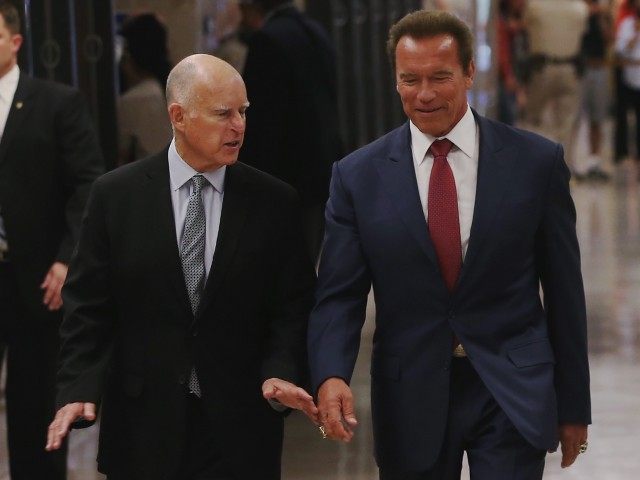Now that attempts by the government to prop up projects attempting “carbon capture and storage” have failed, industries’ penalties for releasing carbon into the atmosphere could be quadrupled in California.
State law forces industries to pay roughly $12 per ton of carbon release due to the cap-and-trade program. But as Sally Benson, a professor of energy at Stanford University and a vehement supporter of carbon capture, told Bay Area public radio station KQED, “We have to de-carbonize everything we can. If we have to wait to replace every gas or coal plant with renewables, I think we’ve run out of time…I think there really has to be a clear price on carbon. $50 a ton plus – that will get people to really pay attention.”
The original idea was to offset some of the costs of carbon emission by allowing credit for carbon sequestration. But the commercial failures have cost millions of dollars. Some examples cited by KQED include:
- The Kimberlina power plant, owned by Clean Energy Systems, which received $30 million from the US Department of Energy (DOE) in American Recovery and Reinvestment Act (ARRA) Funding in 2010.
- The Northern California CO2 Reduction Project, which was granted $3 million in stimulus funds to bury one million tons of carbon underground in Solano County. Canceled.
- The Hydrogen Energy California project (HECA), which obtained over $400 million from the Department of Energy. $152 million has been spent; missed deadlines forced the company to relinquish its claim on $122 million last summer.
The Sierra Club and other environmental groups has been fighting the carbon capture projects, arguing that they idea of burying carbon would damage the environment by changing it.

COMMENTS
Please let us know if you're having issues with commenting.